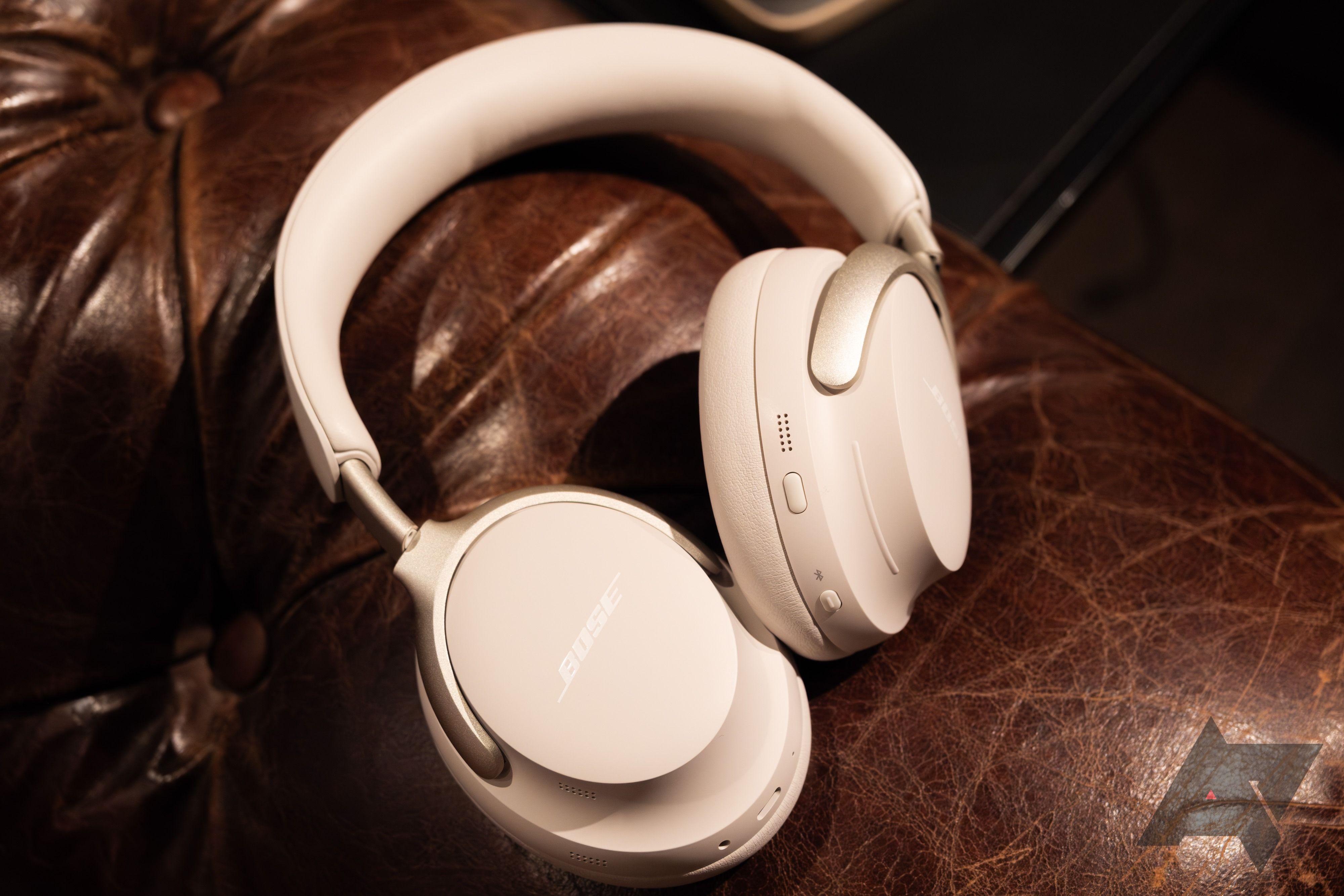Summary
- Spatial audio technology is evolving with Android 15, offering dynamic audio experiences over Bluetooth LE connections.
- This update not only enhances audio quality but also extends battery life and benefits hearing aids on Android devices too.
- Interested users can try Android 15 in the Beta Program, or wait for the official release later this year for an updated audio experience.
Since it’s release, spatial audio has been a game changer, using software wizardry to create immersive audio experiences when using compatible wireless earbuds and headphones. Of course, this tech isn’t going to beat out a true multi-point surround sound system that you might have in your home, but it’s still really good, especially if you’re trying to enjoy your favorite movie, music, and TV shows while on the go.

How spatial audio works — Dolby Atmos, Apple spatial, Bose, Jabra
Changing how you hear your favorite music, movies, TV shows, and video games
While the technology has been quite solid over the past few years, it’s apparently going to be getting a little better with the introduction of Android 15. The news comes from Android expert Mishaal Rahman, writing for Android Authority, on how support for Bluetooth LE is going to enhance the spatial audio experience of devices in the very near future.
A small change that can have huge impacts
With the new update, he states that Android will begin offering support for dynamic spatial audio over a Bluetooth LE connection. What this means is that you’re going to be able to move your head around, and have the audio remain stationary. Of course, this requires all kinds of hardware, but if your earbuds and headphones are compatible, you’ll be able to take advantage of it as soon as the update launches.
In addition, Rahman provides insight into the update and why it’s important, going beyond the obvious benefit of just being able to hear your favorite music and movies in new ways. Support for Bluetooth LE provides low-energy transmissions that can extend the battery life of your products. Furthermore, this is the same tech that’s going to make hearing aids on Android better.
Of course, if you’re curious about these and other features found in Android 15, you can always give it a try. The process is relatively painless, only requiring you to have a compatible device and enrolling it in the Android Beta Program. If you have a spare phone, it’s probably best to try it on that device, rather than using one that you need for everyday life. Remember, this is a beta so things can go wrong.
If you don’t want to try it out, that’s okay too. Android 15 will most likely make its official debut towards the end of the year. Every device manufacturer will have its own timeline on when to release the update and on how many of its devices. Luckily, Android updates have been launched pretty quickly over the past couple of years, so it really shouldn’t take that long to experience the latest that Google has to offer.




